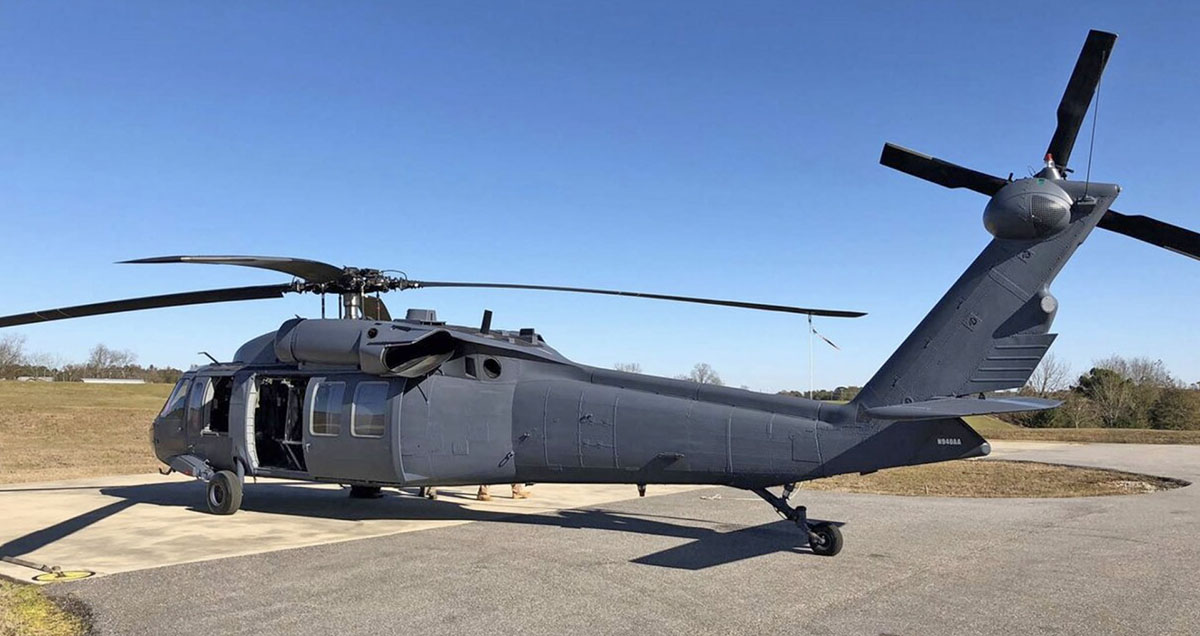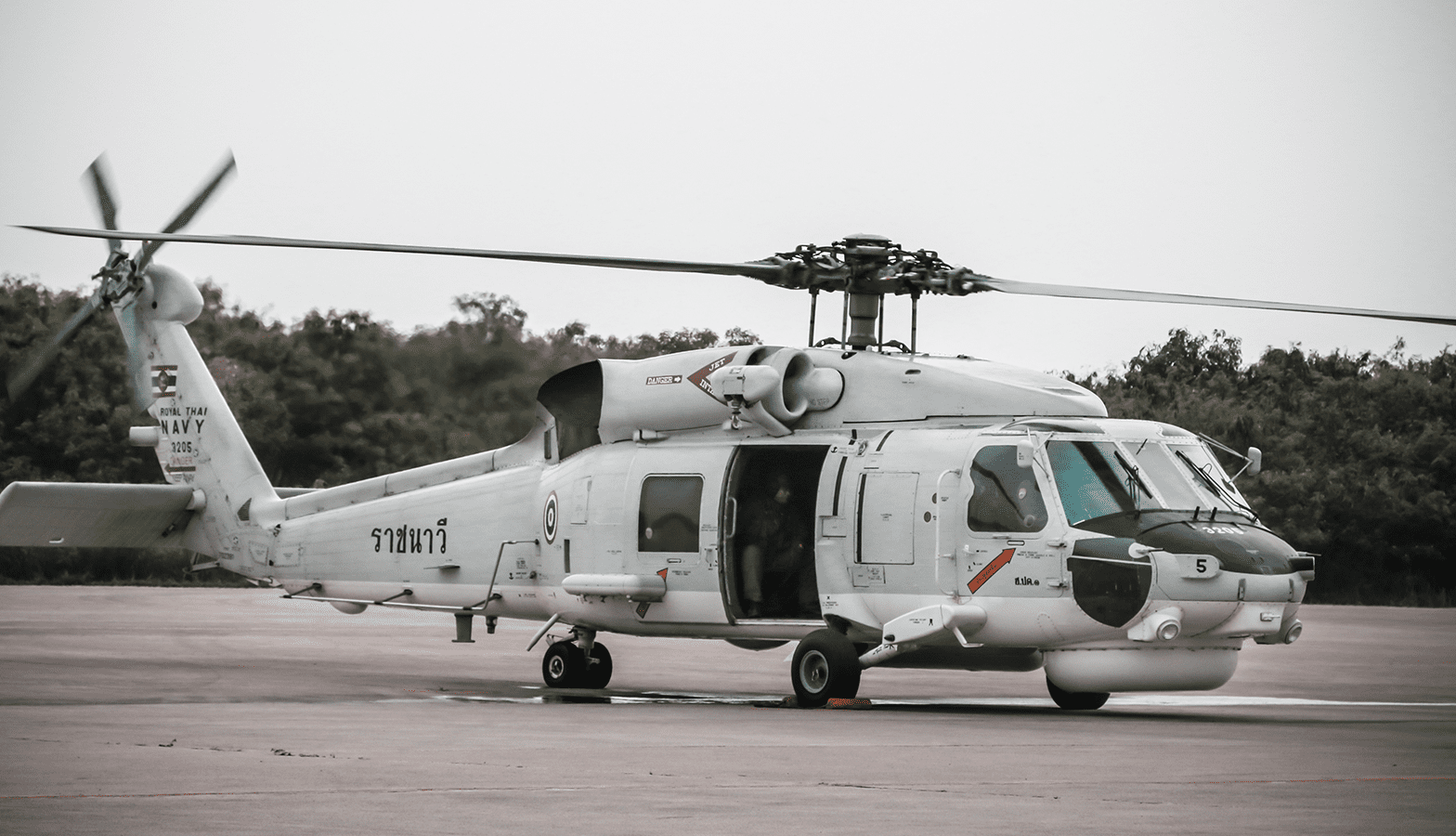Exploring the Background and Evolution of the UH 60 Helicopter

Beginnings of the UH-60
The origins of the UH-60 helicopter can be mapped back to the late 1960s, a period noted by the need for a flexible energy aircraft that might adjust to the evolving demands of modern warfare. The U.S. Military identified the need for a substitute for the older UH-1 Iroquois, which was ending up being increasingly poor for the complexities of modern combat situations. In 1967, the Military started the Utility Tactical Transport Airplane System (UTTAS) program, which looked for to create a multi-role helicopter efficient in numerous objectives, consisting of army transportation, medical evacuation, and logistical support.
The style competitors brought in several aerospace manufacturers, but it was Sikorsky Airplane Company that ultimately protected the contract in 1972. The UH-60 Black Hawk was presented, showcasing ingenious design elements and advanced modern technology that set it aside from its precursors. Its maiden flight took place in 1974, and the airplane was formally taken on by the Army in 1979. The UH-60 quickly gained acknowledgment for its durable performance, dependability, and flexibility, paving the way for its comprehensive use in army operations and strengthening its standing as a keystone of united state Army air travel.
Secret Layout Features
Cutting-edge layout attributes of the UH-60 Black Hawk significantly add to its operational performance. One of the most remarkable aspects is its twin-engine arrangement, which improves dependability and offers a greater power-to-weight proportion, enabling the helicopter to perform under various conditions. The aircraft's four-blade main blades system offers enhanced lift and ability to move, necessary for tactical goals.

In addition, the cabin is made for ideal visibility and ergonomics, featuring innovative avionics that improve pilot operations. The modular design of the UH-60 enables for easy maintenance and flexibility, making it ideal for different objective profiles, from army transport to medevac operations. These key layout attributes guarantee that the UH-60 Black Hawk stays a versatile and reputable possession in military air travel, qualified of fulfilling the needs of modern-day war.
Technical Improvements
Recent technical developments in the UH-60 Black Hawk have actually considerably improved its functional capabilities and adaptability. The combination of sophisticated web avionics, such as digital flight control systems and boosted situational recognition displays, allows pilots to operate with enhanced accuracy and performance. These systems help with boosted navigation, interaction, and information sharing, enabling the helicopter to function effectively in diverse settings.
In addition, the introduction of composite materials has actually minimized the overall weight of the airplane while keeping structural honesty. This decrease enhances fuel performance and prolongs operational range. The incorporation of sophisticated blades technology, including making use of four-blade, totally verbalized rotor systems, has boosted lift efficiency and ability to move, enabling much better handling in numerous flight problems.

Furthermore, advancements in propulsion systems, such as the T700-GE-701D engines, have boosted power result and reliability - uh 60. These engines add to remarkable performance in high-altitude and hot-weather problems
Lastly, the combination of self-defense systems and boosted sensor packages enhances the Black Hawk's survivability and mission effectiveness. Collectively, these technological renovations guarantee that the UH-60 Black Hawk continues to be an essential property in modern-day aeronautics, efficient in adjusting to the progressing demands of army and humanitarian missions.
Role in Armed Force Operations
As the backbone of U.S. Army aeronautics, the UH-60 helicopter plays an important function in various military operations, offering as a flexible platform for fight support, transport, and medevac missions - uh 60. Its layout incorporates the capability to run in diverse environments, making it vital for army movement and logistical assistance in both unusual and conventional warfare

In clinical emptying scenarios, the UH-60 has actually confirmed vital, considerably reducing the time to carry damaged soldiers from the battleground to medical facilities. Its advanced avionics and night vision capacities further ensure mission success under tough conditions. On the whole, the UH-60 helicopter stays a crucial property, continually adjusting to meet the developing demands of armed forces procedures and boosting the performance of U.S. forces worldwide.
Future of the UH-60
Looking in advance, the future of the UH-60 helicopter includes significant innovations in technology and capacities designed to enhance its operational efficiency. As armed forces operations advance, the UH-60 is anticipated to incorporate cutting-edge innovations, consisting of enhanced avionics, improved tools systems, and advanced communication tools. These improvements will enable better situational recognition and goal adaptability, ensuring that the UH-60 stays a crucial possession on the battleground.
One noteworthy development is the assimilation of fly-by-wire systems, which will boost trip control accuracy and decrease pilot workload. Initiatives to upgrade the airframe and engines intend to boost array, payload, and browse this site rate capacity, therefore expanding the helicopter's operational scope.
The future likewise holds pledge for boosted interoperability with unmanned airborne systems (UAS), making it possible for coordinated missions that take advantage of both manned and unmanned capabilities. Furthermore, the consolidation of man-made link knowledge and artificial intelligence could enhance trip dynamics and maintenance procedures, causing reduced functional prices.
Verdict
The UH-60 Black Hawk helicopter stands for a considerable accomplishment in military aviation, developing from the U.S. Army's preliminary requirements for a flexible energy airplane. Its cutting-edge design attributes and continual technical developments have actually guaranteed its significance in different armed forces operations over the decades. As the demands of modern-day warfare change, the future of the UH-60 will likely entail additional improvements and adaptations, enhancing its standing as a vital property for armed forces worldwide.
The UH-60 Black Hawk helicopter stands for a significant milestone in military aviation, arising from the United state Military's pursuit for an extra functional and reputable utility airplane in the late 20th century.The origins of the UH-60 helicopter can be mapped back to the late 1960s, a period marked by the requirement for a versatile energy aircraft that might adapt to the advancing needs of modern-day warfare. Overall, the UH-60 helicopter stays a vital property, continually adjusting to fulfill the progressing demands of army operations and enhancing the performance of U.S. pressures worldwide.
Looking in advance, the future of the UH-60 helicopter entails significant developments in modern technology and capacities developed to improve its operational efficiency.The UH-60 Black Hawk helicopter represents a significant success in army aeronautics, advancing from the U.S. Army's first demands for a functional utility airplane.